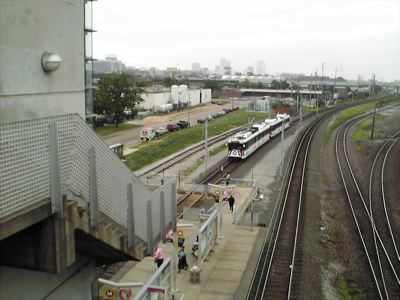At one time, Argay Terrace was a boring suburban neighborhood, housing middle-class families whose lives were so dull they didn’t even know they were missing the excitement of lively streets. Now, thanks to Portland’s urban planners, Argay has become a vibrant, mixed-use neighborhood that offers retail and service business so residents don’t have to drive to get everything they need.

“When I was in school,” says a local resident, “we used to call Argay Terrace ‘snob hill’ because that’s where all the rich kids lived.”
Photo by ORTEM.
Unfortunately, the retail and service businesses are drugs and prostitution, which have grown by almost 300 percent in the last four years alone. The streets today are so vibrant that longtime residents are afraid to walk around at night without a concealed weapon, and many strangely prefer a little less vibration and have moved out.











